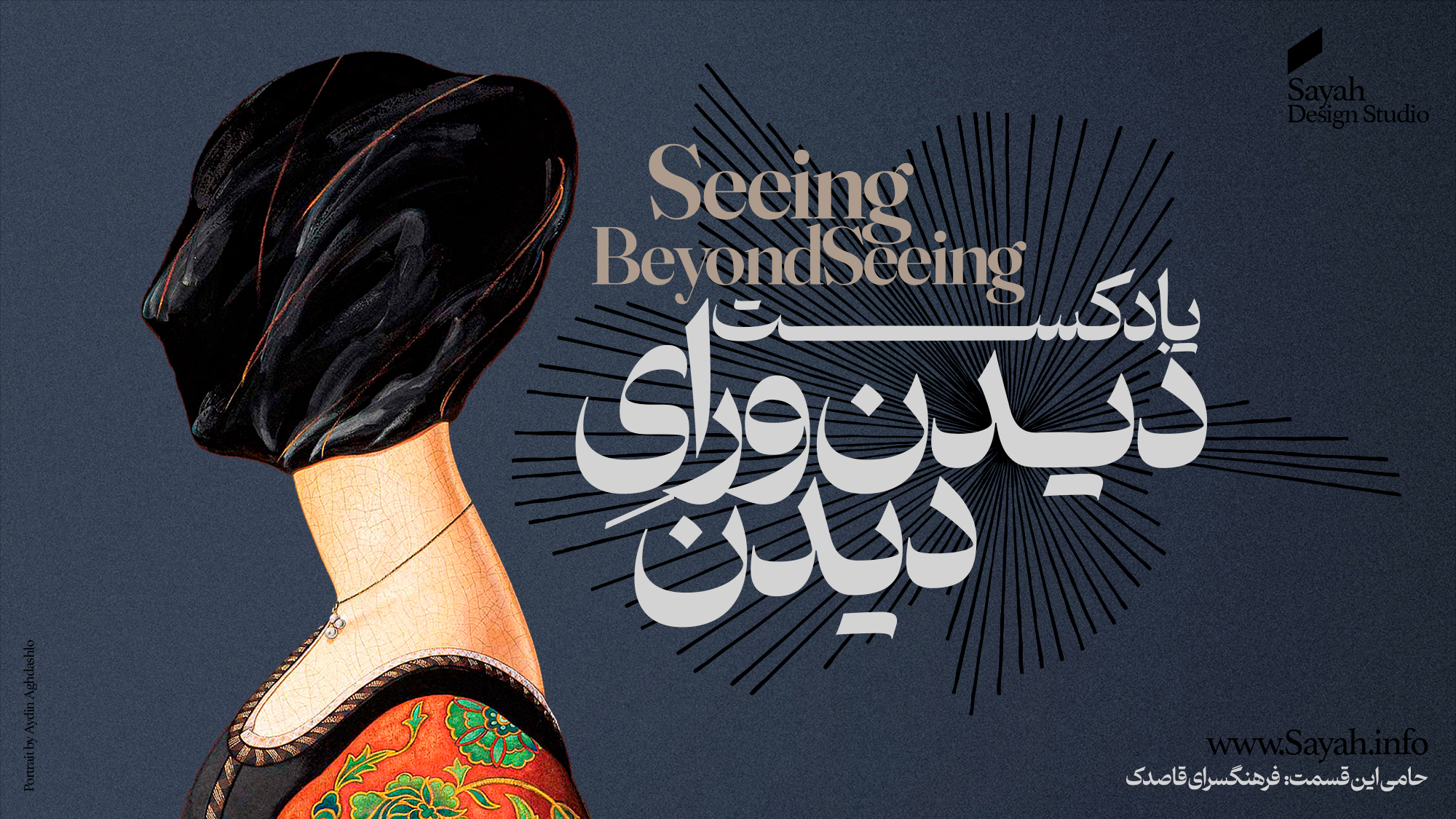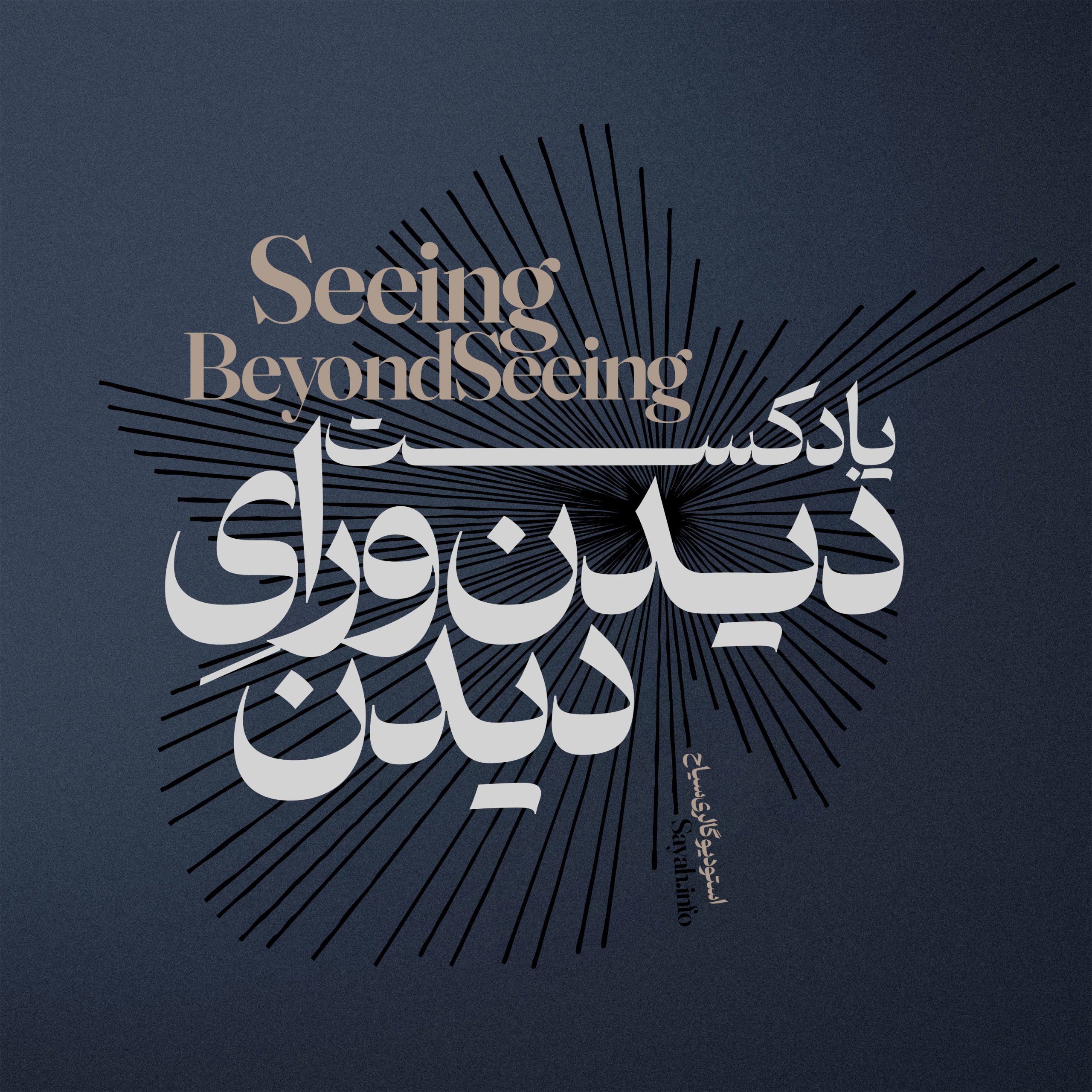
Seeing Beyond Seeing Podcast
A podcast about philosophy of art
“Seeing beyond seeing” is an invitation to look and a deep attitude towards life. This podcast explores contemporary world art in the lives and works of artists. The first part of this podcast is about the concept of self-destructive art. Artists deliberately destroy their works to express their political protests or because of personal hatred. In fact, they destroy to create a new work. This destruction is like the destruction of human society due to selfishness and political participation.
In this podcast, artists such as Gustav Metzger, Ai Weiwei, Banksy, Sadegh Hedayat, Bahman Mohsss and Aydin Aghdashlo are discussed.
«دیدن ورای دیدن» دعوتیست به نگاه کردن و نگرشی عمیقی به زندگی. این پادکست به شناخت هنر معاصر جهان در زندگی و آثار هنرمندان می پردازد. نخستین قسمت این پادکست، درباره مفهوم هنر خودویرانگری است. هنرمندان برای بیان اعتراضات سیاسی خود یه به دلیل نکرش های شخصی، دست به نابود کردن عامدانه آثارشان می زنند. در حقیقت، آنها نابود می کنند تا اثری جدیدی خلق کنند. این ویرانگری به مثابه ویرانی جامعه بشریت به واسطه ی خودخواهی ها و سهم خواهی سیاسی است.
در این پادکست به هنرمندانی همچون گوستاو متزگر، آی وی وی، بنکسی، صادق هدایت، بهمن محصص و آیدین آغداشلو پرداخته می شود.

از دهه 1960، هنرمندان مواد خود را بریده، خرد، پاک کرده، منفجر کرده اند، سوزانده اند، شلیک کرده و حتی می جوند تا محدودیت های هنر را کشف کنند. داستان معروفی در مورد هنرمند آمریکایی رابرت راشنبرگ وجود دارد که طرحی از ویلم دو کونیگ را پاک کرده و آن را «طراحی پاک شده دو کونینگ» مینامد و در نتیجه یک عمل تخریب را به یک عمل جدید خلق میکند.
با این حال، هنرمندان دیگری نیز وجود دارند که مفهوم تخریب را از این هم فراتر برده اند. یکی از این افراد گوستاو متزگر است که در اوایل دهه 1960 مفهوم “هنر خود مخرب” را مطرح کرد. او در سال 1960 “مانیفست هنر خودویرانگر” را نوشت.
هنر خودویرانگر هنری است که در درون خود عاملی را در خود دارد که در مدت زمانی که بیش از بیست سال نباشد به طور خودکار منجر به نابودی آن می شود. اشکال دیگر هنر مخرب خودکار شامل دستکاری دستی است. اشکالی از هنر خودویرانگر وجود دارد که در آن هنرمند کنترل شدیدی بر ماهیت و زمان فرآیند فروپاشی دارد و اشکال دیگری نیز وجود دارد که کنترل هنرمند در آنها اندک است.
پس کارکرد هنر مخرب چیست؟ اعتراض به دنیا، دنیای هنر و هنر است. بوم های پاره شده متزگر، دیوارهای کنده کاری شده ماتا-کلارک و کف های فرو ریخته بونویسینی بقایای اعمال خشونت آمیز هستند. آنها از طریق اعمال همزمان تخریب و خلقت به وجود آمدند. و این دوگانگی است که آنها را بسیار قانع کننده می کند.
History of Seeing Beyond Seeing
Since the 1960s artists have cut, crushed, erased, exploded, burned, shot and even chewed up their material in order to explore the limits of art. There is the famous story about the American artist Robert Rauschenberg erasing a drawing by Willem de Koonig and calling it ‘Erased de Kooning Drawing’, thereby turning an act of destruction into a new act of creation.
However, there are other artists who have taken the notion of destruction even further. One of these is Gustav Metzger who in the early 1960s came up with the concept of ‘Auto-Destructive Art’. In 1960, he penned the ‘Manifesto of Auto-Destructive Art’,
Auto-destructive art is art which contains within itself an agent which automatically leads to its destruction within a period of time not to exceed twenty years. Other forms of auto-destructive art involve manual manipulation. There are forms of auto-destructive art where the artist has a tight control over the nature and timing of the disintegrative process, and there are other forms where the artist’s control is slight.
So, what is the function of destructive art? It is a protest against the world, the art world and art. Metzger’s tattered canvases, Matta-Clark’s carved walls and Bonvicini’s crumbled floors are remnants of violent acts. They came into being through the simultaneous acts of destruction and creation. And it’s this ambivalence that makes them so compelling.

